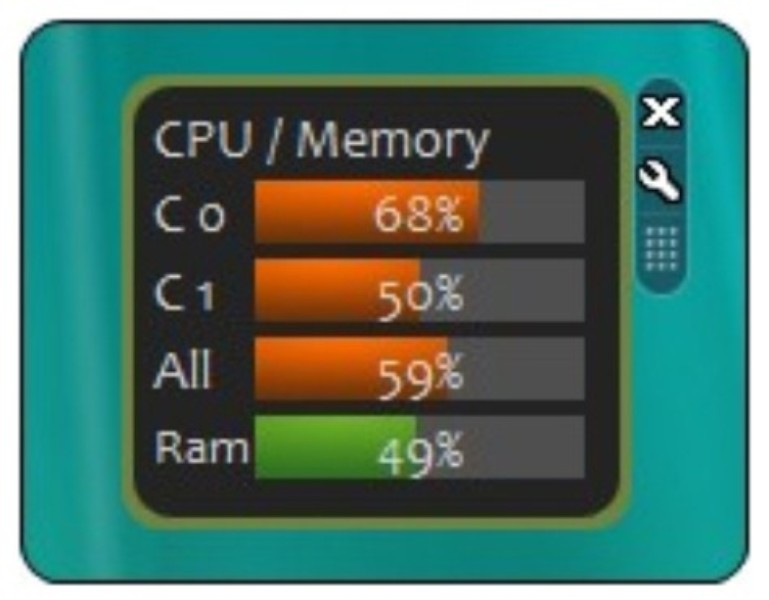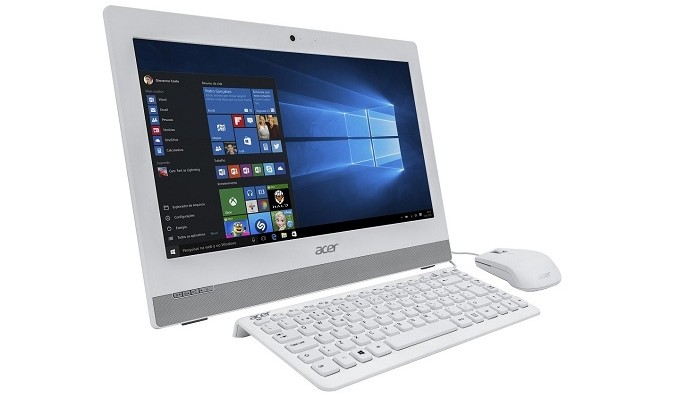

- #MEMORY MONITOR VISTA HOW TO#
- #MEMORY MONITOR VISTA MAC OS X#
- #MEMORY MONITOR VISTA INSTALL#
- #MEMORY MONITOR VISTA PLUS#
Use the Go to field of the Memory View window to jump to a particular address. This way, you can open two independent memory windows, in the Debug tool window and in the editor: Use the button on the Variables (or Watches) tab to open the memory view in the editor. When you step through the code, CLion highlights the changes that happen in the currently shown memory region: The right-hand column displays the ASCII character equivalents of the memory values. The primary reason for extending the size of virtual memory in Windows XP/Vista 2GB systems is to prevent X-Plane crashes when too many graphics features. Use the context menu of the left column to hide/show or copy the addresses: When you then invoke Memory View for other pointers, they are highlighted in the same window, and the region is extended to show more addresses if necessary. Desktop Heap Monitor is a tool for querying the usage of an important area of memory in.
#MEMORY MONITOR VISTA INSTALL#
The Memory View window initially shows a 256-byte region that starts from the chosen address, with higher memory addresses at the bottom of the window. Download & Install Usage Uninstallation Tutorial Video.

The variable's address will be taken automatically.

Click on the Advanced tab (or Advanced system settings link if you are using Windows 7 or Vista) and then click. This option is available for non-pointer variables as well. By default all versions of Windows do provide a task manager where you can see the programs running, cpu usage and memory. Right-click on My Computer and go to Properties. Press Ctrl+Enter or choose Show in Memory View from the variable's context menu: In the Variables tab of the Debug tool window, select the desired pointervariable. For this, CLion provides Memory View: you can jump from a pointer in the Variables tab to the memory region that includes the required address and examine the changes along with stepping through the program. System bindings allow you to monitor the processor speed and the amount of available RAM.In some cases, for example, when debugging data processing problems, you may need to view raw memory of the running process. If you want more details about your computer’s memory usage, use the Start menu to display the Control Panel and choose System and Maintenance. If your CPU is in a higher percentage, you likely have a lot of programs running which can slow down your computer’s performance Consider closing some! If the memory is almost 100%, consider freeing up some space. It is just a small tool that helps you to monitor the performance of your computer. You cannot make or change any settings that you track with this tool. Windows XP, Windows Server 2003, Windows Vista, Windows 7, and Windows 8. Random Access Memory (RAM) monitors the percentage of your computer’s memory in use. This tool can be useful for developers that need to trace memory leaks in their. Xperf was publicly released for collection and analysis on Windows Vista and Windows.

#MEMORY MONITOR VISTA MAC OS X#
Read more: Tracking Performance with Activity Monitor in Mac OS X Performance counters directly related to physical memory usage. Use the readings to monitor CPU and memory usage.ĬPU usage monitors how hard your CPU is working to process the different programs and processes running on your computer. Then click and drag the CPU Meter gadget to the sidebar.
#MEMORY MONITOR VISTA PLUS#
Simply click the tools icon (the plus sign) at the top of the sidebar to open the tools gallery. When you add a CPU Meter widget to the sidebar, you can find and view gadget information more quickly and easily. This tool can definitely come in handy to show you when you need to free up some space. The CPU is just a reminder that helps you monitor the performance of your computer. You can track how much memory and CPU your computer is using by adding the CPU Meter tool to the sidebar in Windows Vista.
#MEMORY MONITOR VISTA HOW TO#
How to Add the CPU Meter Gadget to the Windows Vista Sidebar


 0 kommentar(er)
0 kommentar(er)
